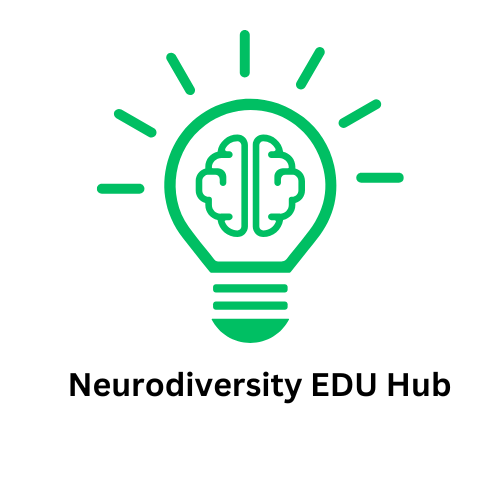
Understanding ADHD: What Consistency Truly Means
Many individuals with ADHD face ongoing struggles with consistency, often leading to feelings of frustration and inadequacy. Traditional definitions of consistency suggest doing the same tasks in the same way repeatedly; however, this doesn’t always resonate with those who face unique challenges of ADHD. A deeper understanding reveals that for a person with ADHD, consistency isn’t about rigidity—it's about finding a flexible approach that respects their unique wiring. Embracing this concept can foster self-compassion and ultimately encourage healthier habits.
Reframing Inconsistency as a Strength
Feeling inconsistent doesn’t imply a lack of effort or care. ADHD brains possess an interest-based nervous system, meaning motivation fluctuates based on engagement and stimulation. Recognizing when it is okay to be “inconsistent” can be liberating. It’s essential to distinguish between tasks that require a structured approach and those that can thrive with a less rigid schedule. This insight allows individuals to prioritize their energy and focus on what truly matters.
Strategies for Support: Building Your Consistency Scaffolding
To bridge the gap between aspiration and achievement, employing scaffolding strategies proves invaluable. This approach can include setting small, achievable goals, utilizing timers for time management, or employing visual cues as reminders. Simple practices, like using color-coded planners or apps specifically designed for neurodiverse individuals, can help maintain focus and reduce distractions, ultimately leading to more consistent outcomes in crucial areas like work, fitness, and daily chores.
Creating a Positive Environment for Consistency
The environment we create can significantly influence our ability to maintain consistency. For ADHD adults, minimizing clutter, distractions, and unnecessary complexity can help create a more conducive atmosphere for productivity. Surrounding oneself with supportive peers and resources, such as ADHD coaching or peer support groups, can also cultivate a positive environment where consistency can flourish.
Embracing Flexibility: The New Consistency
As you navigate the journey of maintaining consistency with ADHD, remember to embrace flexibility. This doesn’t connote failure; instead, it acknowledges the adaptive nature of your brain. Allowing for spontaneity and moments of deviation can spark creativity and engagement, which are fundamental for the ADHD experience. By doing so, you will ultimately find that your version of consistency can look wonderfully different.
Real-Life Examples: Achievements through Imperfections
Consider John, a teacher who struggled with maintaining a consistent schedule for his lesson plans. Instead of sticking rigidly to a timetable, he prioritized engaging activities that aligned with his students' interests. John’s flexibility in planning led to a lively classroom environment, demonstrating how inconsistency in method can enhance overall success without sacrificing quality.
Future Perspectives: Navigating ADHD and Consistency
The evolving conversation around ADHD emphasizes the importance of recognizing individual strengths and challenges. With an increasing understanding of neurodiversity, communities are beginning to advocate for practices that support different learning needs. This shift in perspective shows promise for a future in which ADHD adults can access tailored resources that celebrate flexibility while fostering consistency.
For those experiencing the inconsistency challenge, remember you're not alone. Embracing your unique cognitive landscape requires patience and understanding, but the rewards can be transformative. Explore what helps you flourish and establish habits that resonate with who you are.
 Add Row
Add Row  Add
Add 




Write A Comment